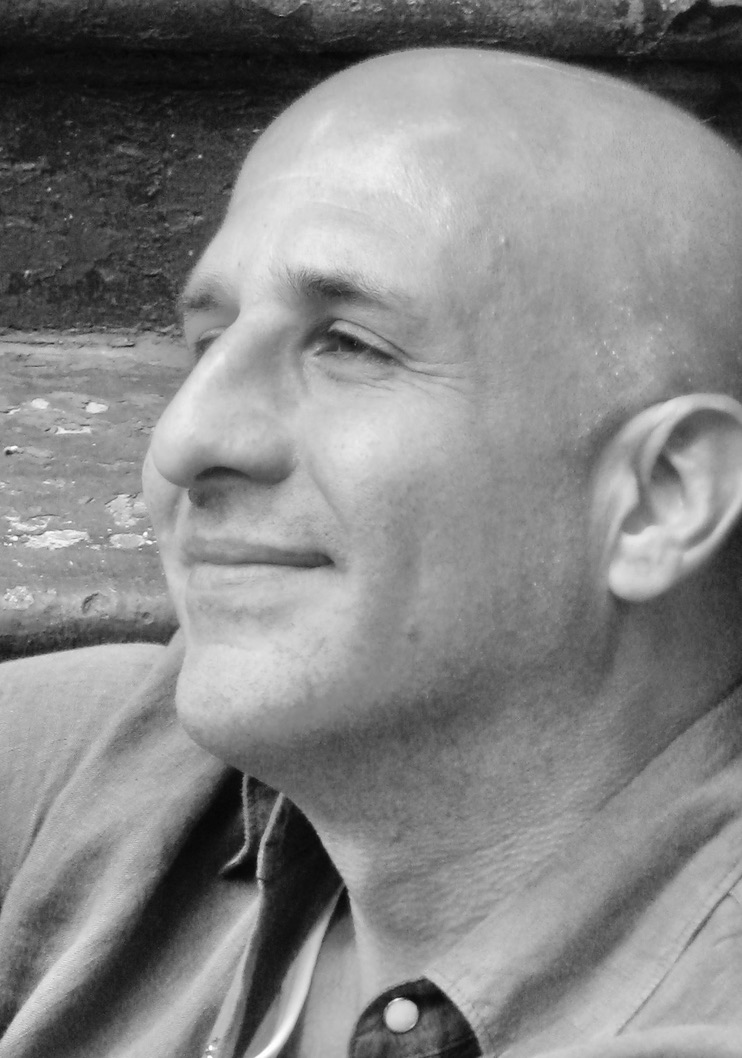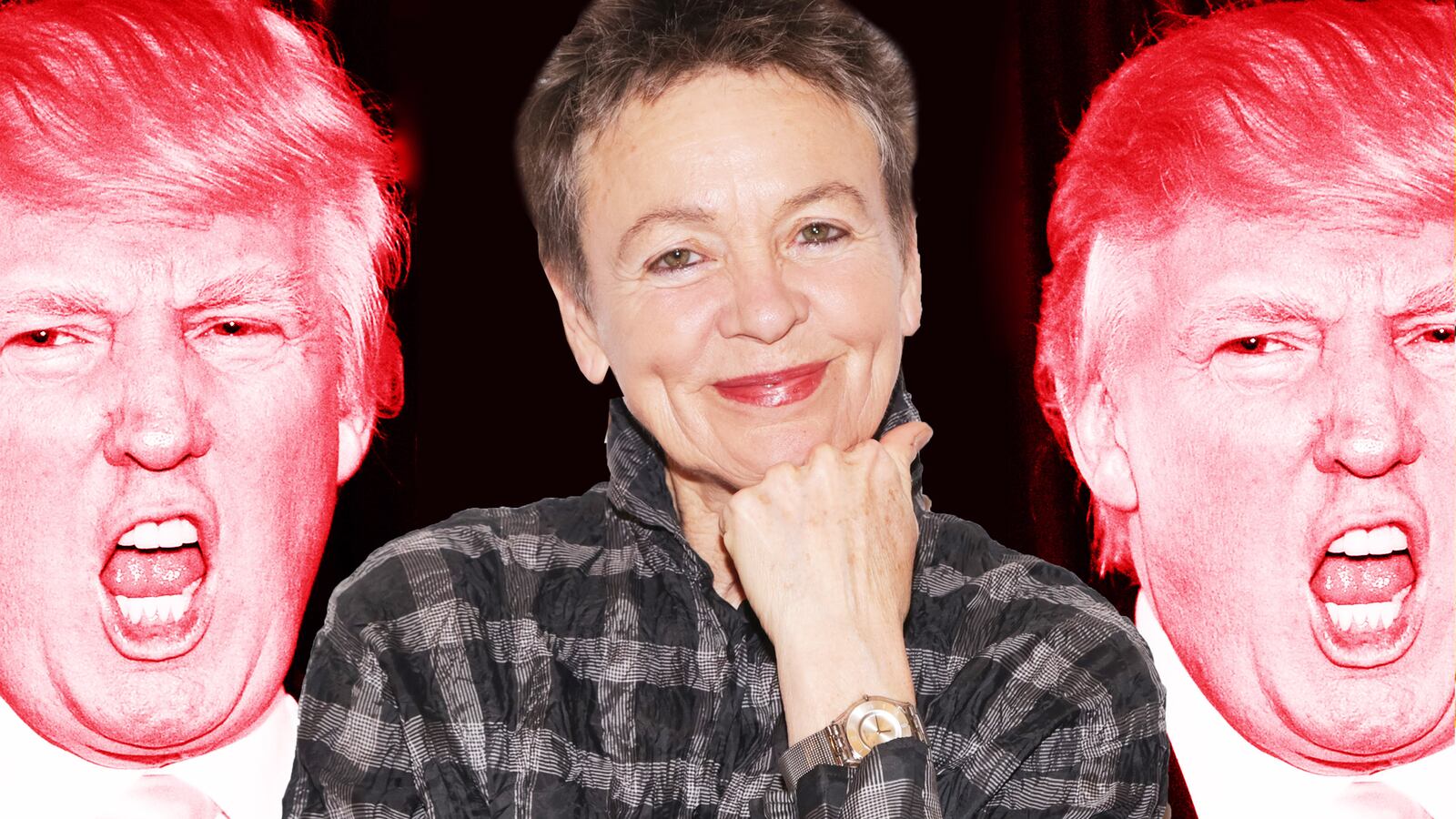The couch and chairs were mismatched at the far end of a clothing designer’s downtown Manhattan loft one Wednesday evening in November. The fruit, crudités, and wine set out on a table sat mostly untouched. It felt like being in a friend’s living room, but there was no mistaking the mood: This gathering of some 50 artists, musicians, and professionals from across arts and culture reflected an urgent call-to-arms within a creative community that senses, quite literally, walls closing in and bonds being broken.
It was the sixth meeting of The Federation, a coalition as diverse and unregimented as its furniture, yet united by a commitment to the power of the arts—and worries that Trump policies threaten what these arts represent and how they function.
Tanya Selvaratnam, a director and producer whose work often embraces social-justice themes, welcomed new members, some via Skype. She recalled how The Federation had grown from a conversation in March with Laura Michalchyshyn, a co-founder (with Robert Redford) of Sundance Productions, and musician Laurie Anderson, whose celebrated work has for decades erased aesthetic borders in liberating fashion. Over that dinner, Anderson was upset about new physical borders and infringements on more tangible freedoms. “Laurie was troubled, and she wanted to start a conversation about both what all this means for arts,” Selvaratnam said, “and about what artists could say and do in response.”
They talked about travel bans and plans for a Mexican border wall, and the strain of nationalism underpinning such actions. “At first, we wondered if we should march through streets or stand on street corners,” Michalchyshyn said. “But we realized that artistic expression takes many forms, and what we could best do is provide a framework.”
The three founded The Federation in an attempt to keep cultural borders open and to fight Trump promises to defund the arts in America. They envisioned a collective of artists, arts organizations, and allies committed to showing how art unites us, and to leverage that unity as a bigger force. Among its many initiatives is the establishment of Jan. 20—the anniversary of Trump’s inauguration—as Art Action Day, a nationwide in-person and virtual coming together of artists and audiences. (An Art Action Day Tool Kit, a mix of inspiration and practical advice, is among its website’s offerings.)
“Last year, on Jan. 20, artists and arts institutions were told to be silent in protest,” Selvaratnam said, referring to an “art strike” proposed by visual artists including Richard Serra and Cindy Sherman after the election. “But you should never tell artists to shut up. This administration is terrified of artists.”
The many plans for Art Action Day include a special edition of Spotify’s Creativity Boost playlist curated by Anderson, and events sponsored by PEN America with poet Anne Waldman and poets laureate around the country.
At the November meeting, an underlying sense of dread was tempered by sudden elation over the previous day’s election results. Selvaratnam began by announcing some of these: Helena, Montana, had elected Wilmot Collins, a Liberian refugee, the first black mayor in state history; in Philadelphia, Larry Krasner, a Black Lives Matter and DACA lawyer, won the race for district attorney; Danica Roem became Virginia’s first transgender state legislator. Hoboken elected Ravi Bhalla, the first turbaned Sikh mayor in U.S. history. Yet Selvaratnam was quick to point out, “This is not a political organization.”
The night eventually concluded with a collective scream, inspired by Yoko Ono’s 19-second Twitter post after the 2016 election.
Yet the gathering wasn’t simply a way to vent. The two hours of discussion focused on shared objectives and inspirations, and specific ideas. Larger truths bubbled up to nods of recognition: “We need strategies for having uncomfortable conversations with people you don’t agree with”; “The promotion of hatred in America is a product of the erosion of cultural conversation.” Compelling hashtag ideas got tossed around. (They settled on three: #ArtActionDay,, #ARTUNITESUS, and #CultureKeepsBordersOpen.) One producer raised the idea of staging artistic action around bridges—“the opposites of walls.”
Anderson, Michalchyshyn, and Selvaratnam had launched The Federation’s coalition in October, at a panel discussion for the New York Film Festival. Then, Anderson spoke of a “Silk Road of culture” formed by the cities she visits when she tours, and about the need to connect with artists and audiences in less-traveled areas. Selvaratnam described artistic experiences as “essential to fostering compassion, critical thinking, and joy.” Michalchyshyn warned about the dangers of defunding arts programs.
But that conversation was interrupted by the Resistance Revival Chorus, itself an outgrowth of the post-inauguration Women’s March, stomping, clapping and singing, “Woke up this morning/ with my mind stayed on freedom,” from a civil-rights-era protest anthem that repurposed an earlier gospel song. It was actually a bit of staged theater meant to underscore one of Anderson’s points: Art not only unites but also disrupts. “I can’t stand being part of movements, being told what to do,” Anderson said. “I hope for maximum chaos. I like beautiful things but I’m an artist because I like to be free.”
The November gathering represented not only all walks of the arts but the organizations and businesses that support them—from Spotify to the Brooklyn Academy of Music, the Asia Society and StoryCorps. This group seemed united not so much in an interest of being told what to do but more in opposition to being told what not to do. Selvaratnam described to them her belief that arts can get at truths and things we have in common in ways that political debate cannot.
Or maybe that Fox News can’t negate, and that Facebook and Twitter won’t distort. Last year, on the eve of Trump’s inauguration, I stood on the stage of Manhattan’s Symphony Space as emcee for a Musicians Against Fascism concert with more than two dozen musicians from New York’s jazz ranks.
That night was filled with wonderful music. If it was cathartic, it was merely as a release of anger and fear. We were fixed on what seemed like coming destruction. (Steve Bannon’s threats to “blow things up” didn’t help.) Just about the most cogent thing I came up with to say from that stage was this: “It’s our inauguration, too. Your inauguration. It’s time to decide what you and we want to inaugurate, and how to make that heard and seen.”
I’ve been thinking since then about how, a year later, to follow up on that directive—not with one clear mission but by striking positive and resonant notes and seeking far-flung and diverse yet closely held community. The Federation sounds like a means toward that end, and, in the face of destruction, come Jan. 20, Art Action Day may be just be the spark we need for creativity.





